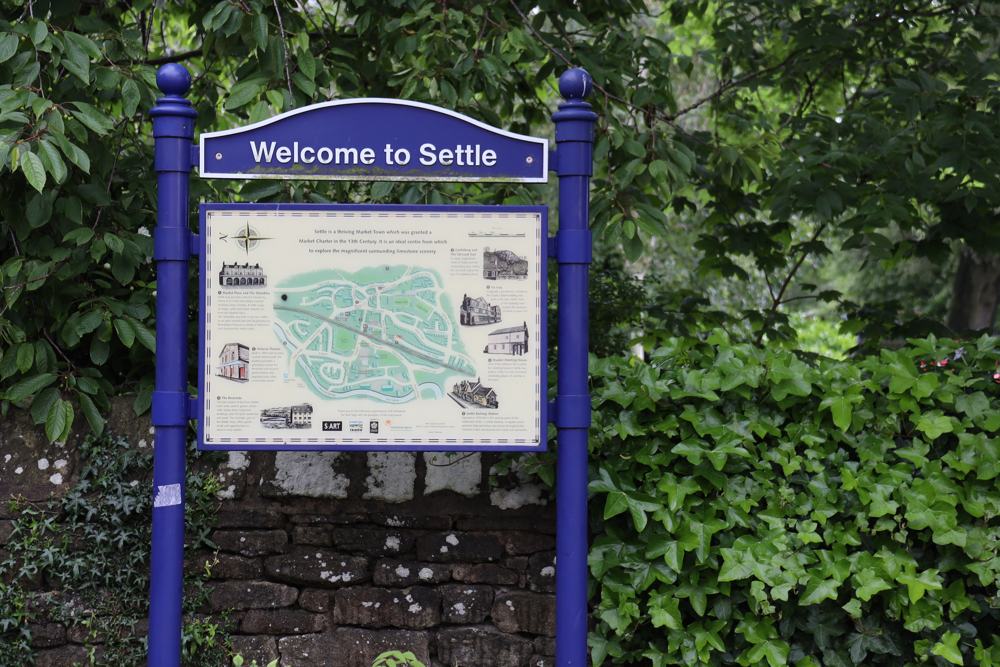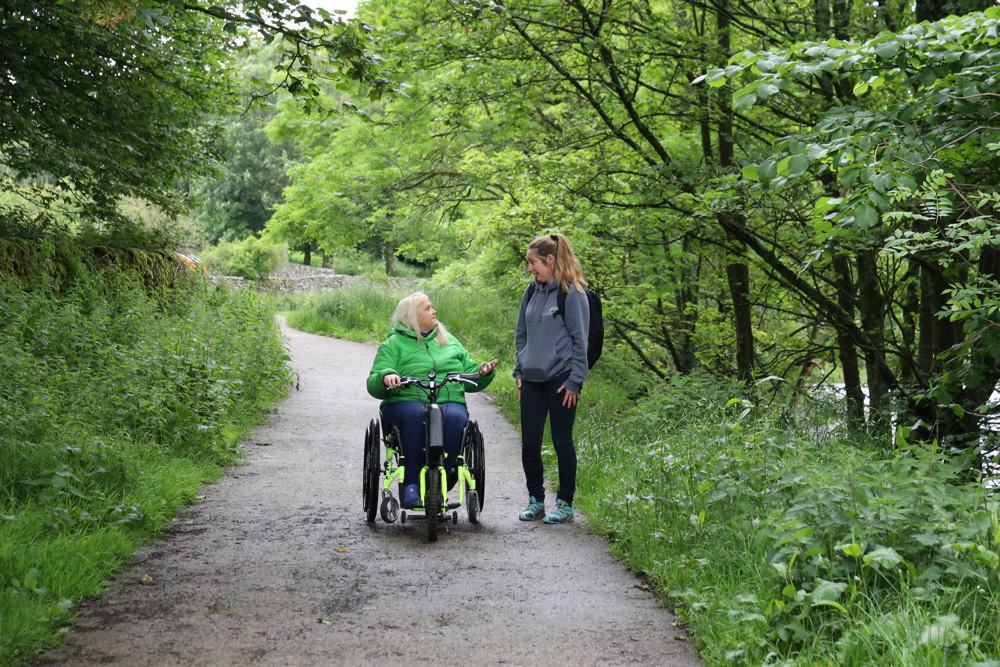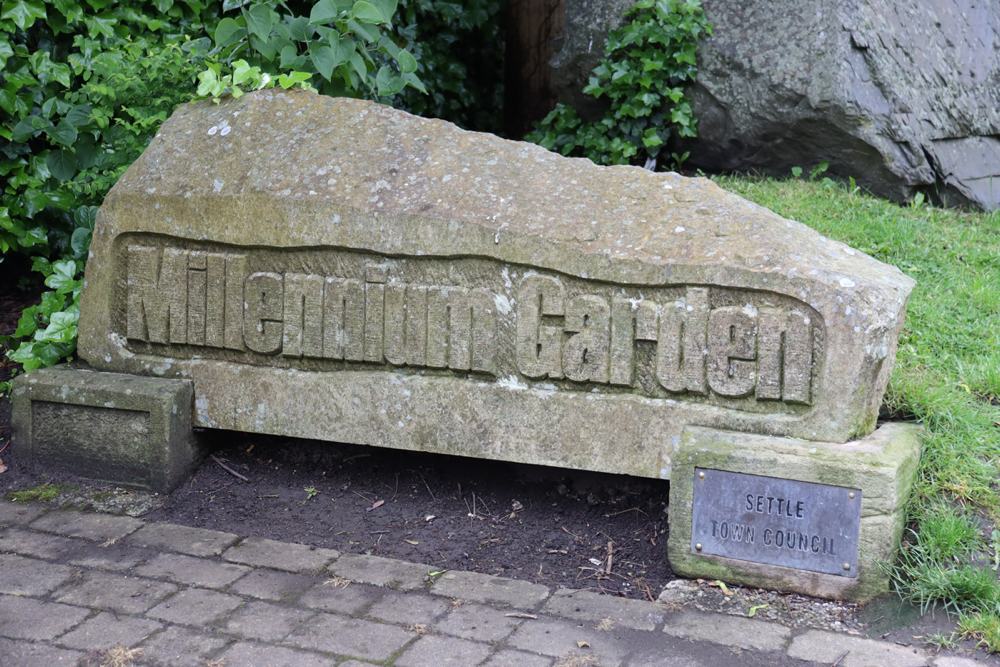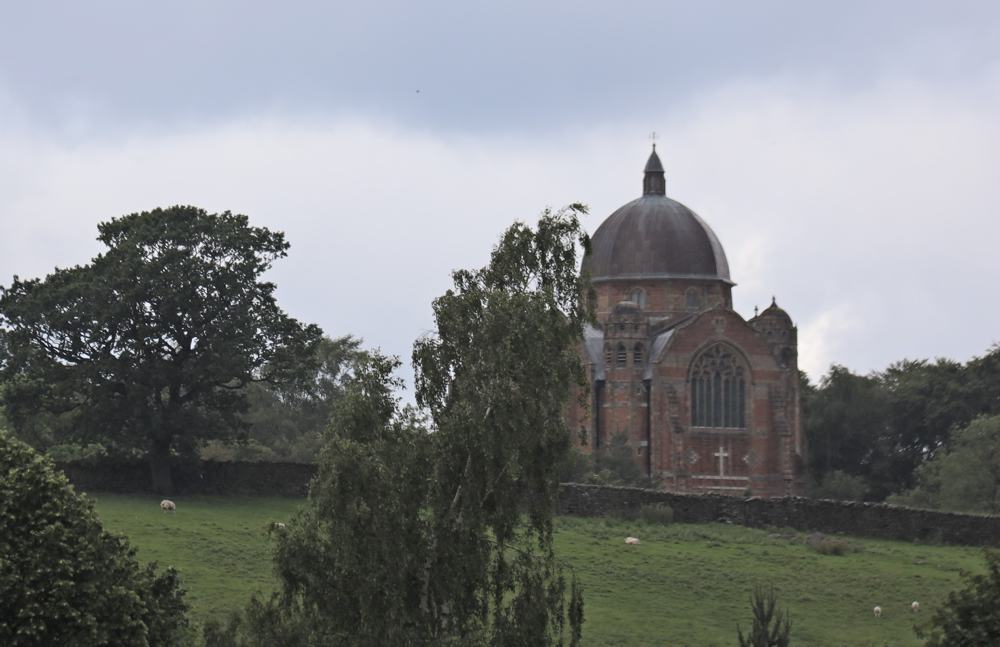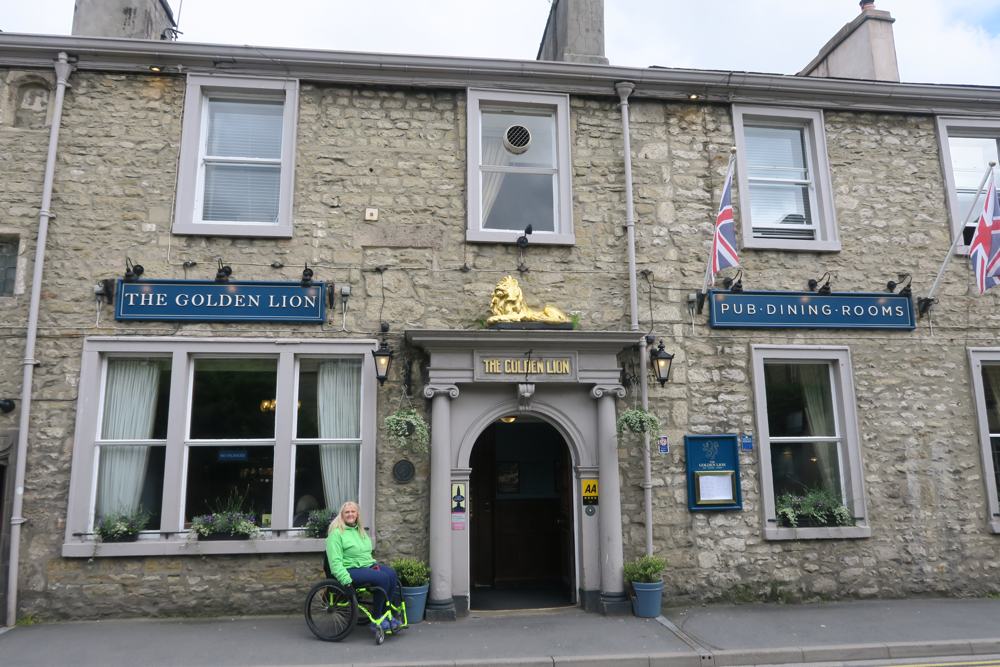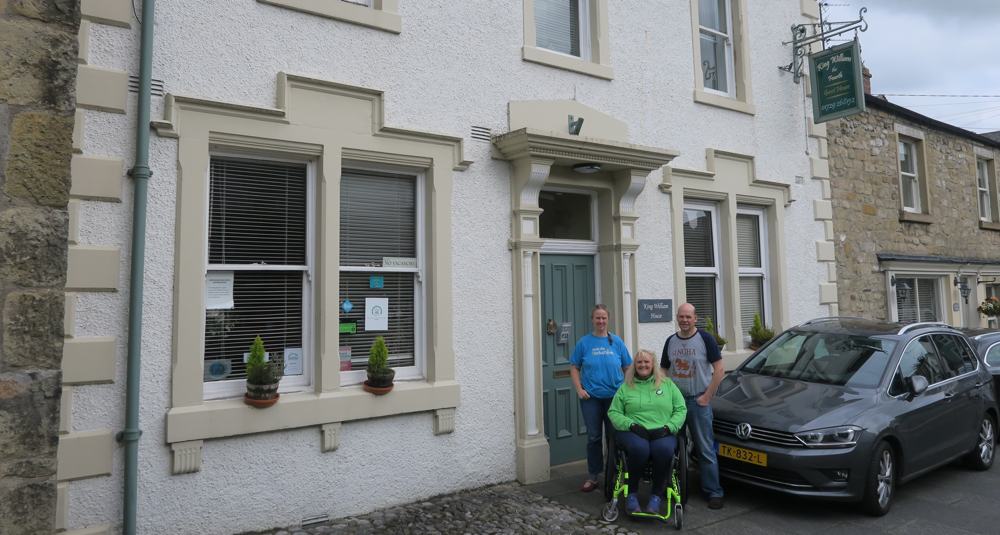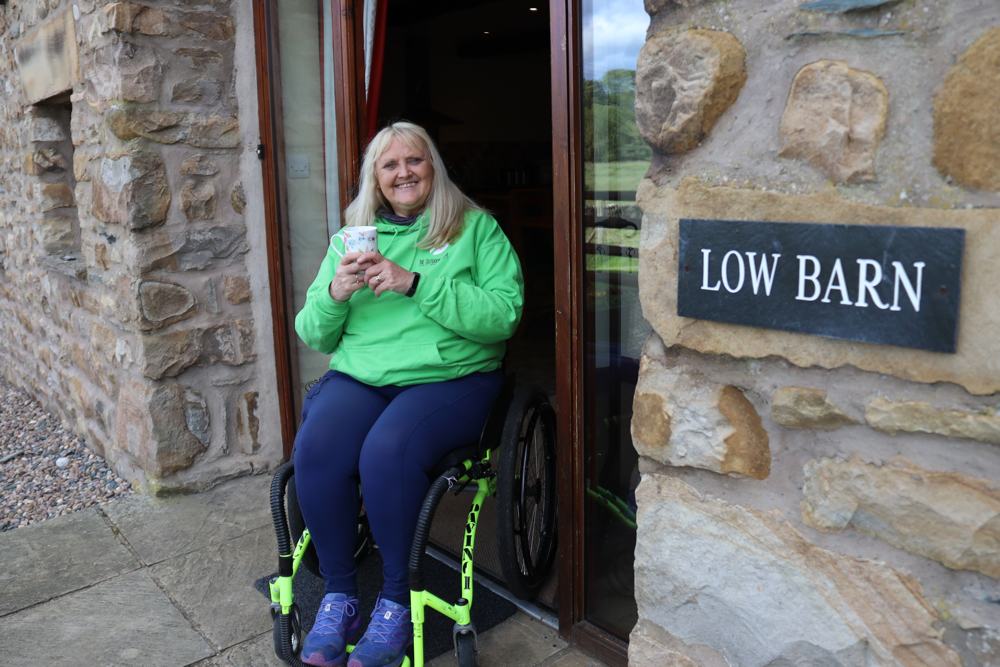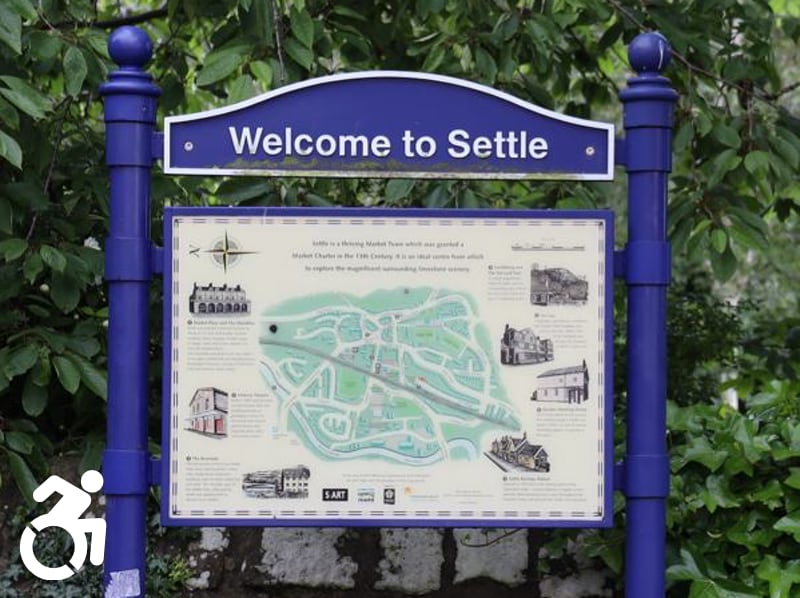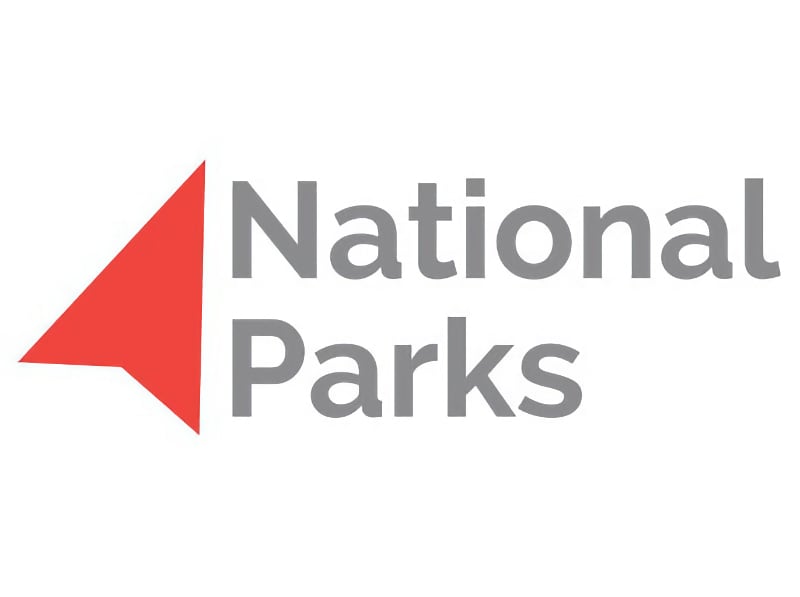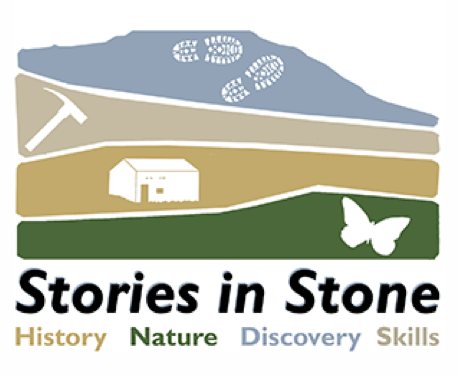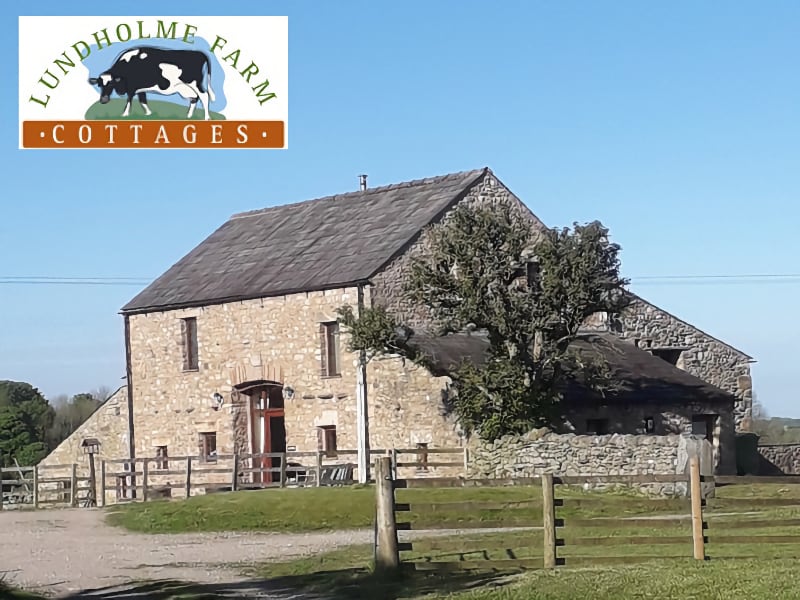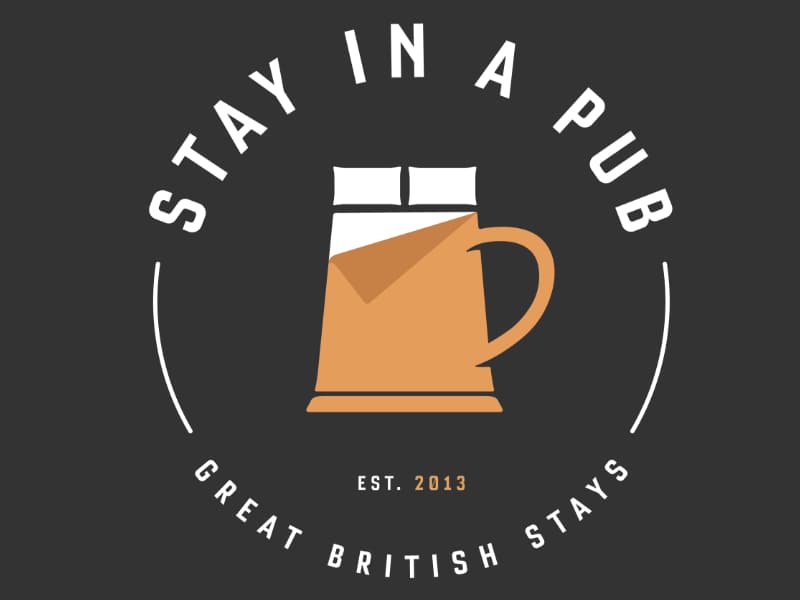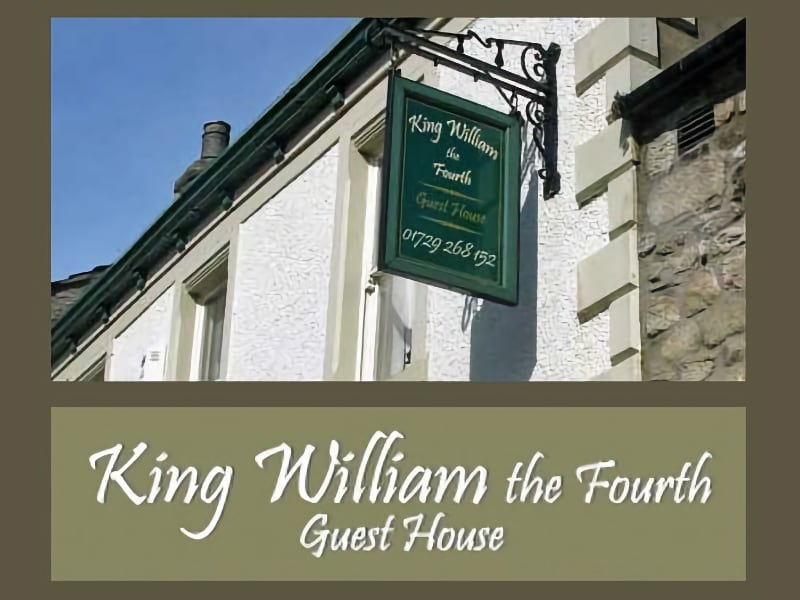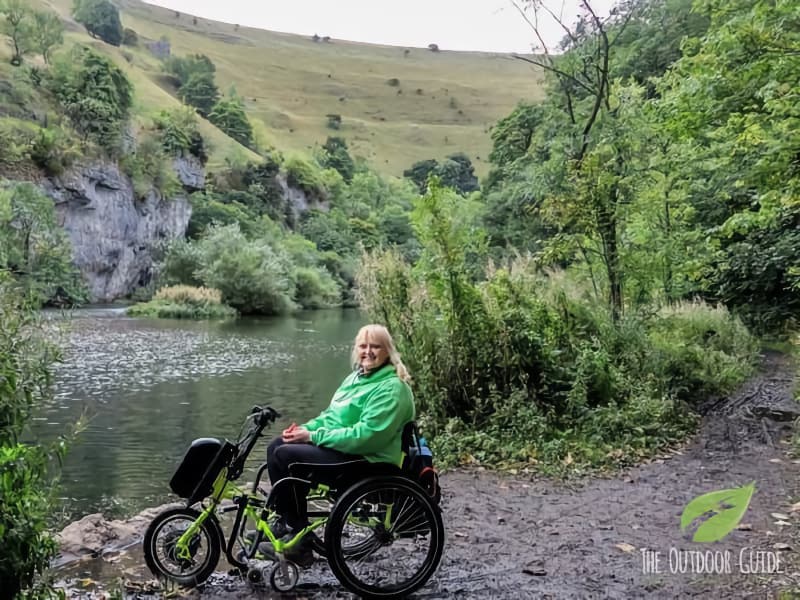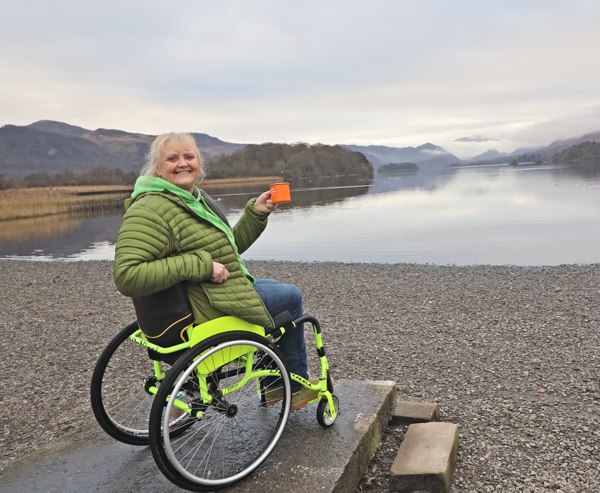Settle, in the Yorkshire Dales – being only an hour’s car journey from Bradford or Leeds, 29 miles from Leeds/Bradford Airport and having a central railway station makes this town well connected and easy to reach.
This ancient market town is a honey pot with walkers and visitors who come to experience the world-famous Settle-Carlisle railway. Its history takes us back to the 7th century when the town went by the name of Angle (meaning ‘settlement’), after the Anglians first arrived here. 1249 was a big year for the Settle folk when King Henry III granted a Market Charter, licensing the Settle townsmen to hold a market each Tuesday. From thereon out, Settle became a key trading destination in England leading to inevitable population growth. To this day, a market is held every Tuesday on the square which is now bordered by lots of little independent shops and cafes.
As a keen walker and living in Bradford, I was a regular visitor to Settle. In fact, in 2003 Andy and I were married at The Falcon Manor and Andy spent his last night of freedom in The Golden Lion in Settle, with several pints of nerve calming beer. For several years my friend Mel and I would drive up to Settle every six weeks or so to go to the hairdressers in the town and spend a girly day in the Yorkshire Dales. If truth be told, despite having frequented Settle, I had never actually ventured further out of the town on foot other than to get to the pub! So, I was really looking forward to the town walk that I was about to head out on which I was sure would lead me into a new world of discovery.
Today, it would be two Debbies heading out to explore as I was joined by Debbie Boswell, the Discover Ingleborough Officer for the Stories in Stone project.
Stories in Stone was established by the Ingleborough Dales Landscape Partnership and headed by Yorkshire Dales Millennium Trust, with its main funding coming from the National Lottery Heritage Fund. The project concentrates on conservation and community schemes in the Ingleborough Triangle – with Ribblehead to the north, the small market town of Settle to the south, and Ingleton village to the west. The limestone scenery around the area makes for a truly unique landscape, a canvas of formations caused by successive ice ages and human influence.
The objective of the Stories in Stone project is to ‘restore, protect and celebrate the area’s natural, built and cultural heritage and to ensure that this ancient landscape is protected for future generations’. At the end of 2019, when the project ends, 90 different smaller scale projects within the area will have been a part of Stories in Stone. The walk that Debbie and I were about to embark on, encompasses several of the aims of the project, with its many points of interest that educate the walker about the town – and I thought I knew this place well!
Our first point of interest was the Victoria Hall in Kirkgate. This little theatre, a Grade II listed building, was once called Settle Music Hall, and is now England’s oldest surviving music hall. It is believed to be one of the earliest music halls in the country which has had continuous use as a performance venue since it opened in 1853. Settle Music Hall opened on the11th of October with a concert by Settle Choral Society. Victoria Hall was renovated in 2000 and is a popular venue for locals and visitors, with its diverse programme of events that take place every week.
From here, our route took us underneath the railway bridge and into the Millennium Garden. This is a quiet little haven of wildflowers, benches and picnic tables that was built for the people of Settle when the supermarket was constructed. The garden is looked after by a volunteer group and it is a great spot for a bit of downtime and to rest weary feet.
From the garden we walked a little further into Kings Mill. The old mill building, which has now been converted into modern riverside apartments, was once used as a snuff mill before its conversion to a cotton mill in the 1800s. It was rebuilt in 1830 after it was destroyed by fire. There is more information about the history of the mill building on the Settle website with details on the development of the cotton industry in this area and how the energy was harnessed from the River Ribble to operate the mills – a very interesting read.
Once we had turned onto the courtyard at Kings Mill you could hear the thunderous roar of the River Ribble as it cascaded over the weir. We stopped on the Memorial Bridge for a while simply to watch and listen to the river. As a result of all the recent rain in the area, tonnes of flowing water draining off the hills and into the river was a fantastic sight to see and hear.
The river begins its life near to the Ribblehead Viaduct and flows for 75 miles from its source in Yorkshire, passing through Lancashire, and out into the Irish Sea at Lytham St Annes. Debbie explained that the river is not always as torrential as it was on this day. She told me that in the summer months, local children often enjoy a swim in this part of the river’s course -sounds like a great pastime and something I would have enjoyed as a child! Just upstream of the Memorial Bridge there is a huge rock in the middle of the river lying on the South Craven Fault, known in the village as Queen’s Rock.
The Memorial Bridge which connects Settle with the village of Giggleswick commemorates the members of the parish of Giggleswick who gave their lives in the First World War, the Second World War and the war in Afghanistan. There is a plaque on the bridge on honour of the soldiers who fought in these wars.
We were now leaving the town of Settle and following the path along the riverside which was upgraded in 2009. The basis for this project was through community consultation held in 2003 as part of the newly formed community group START (Settle Area Renaissance Team). A 650m stretch of single-track muddy path was upgraded and this improved ‘access for all’ along this section of the river, strengthening the link between Settle and Giggleswick village and creating a safe route to the high school in the meantime. Since the path has been upgraded it is being used much more regularly by people walking the short distance between Settle and Giggleswick.
As we walked along this path, I noticed how quickly the noise of the river faded once we moved away from the weir towards the trees where the birds can be heard singing and you can watch ducks swiming happily on the river. It really is a multi-sensory walk which is totally free of any stiles. It is a perfect walk for any type of wheels, be it a manual wheelchair or a pram making it a family friendly walk too.
The path begins to open up with views across the playing fields of the famous Giggleswick School. This boarding school, which dates back to 1499 is home to the school’s chapel. The chapel dome can be seen from miles around. The chapel, built to commemorate the Diamond Jubilee of Queen Victoria, was a gift to the school from Walter Morrison of Malham. It took 4 years to build and was opened in 1901. The chapel is open to the public by prior arrangement. I would recommend taking the time to make the arrangement – seeing inside the dome and observing the magnificent stained glass windows, wood panels and marble floors was certainly a highlight!
Just before entering the village of Giggleswick there is a community park with picnic benches designed for wheelchair users to use. In the playground that is ever expanding to the joys of local children, there is a wheelchair accessible roundabout and hopes for a wheelchair accessible swing.
Giggleswick is a beautiful little village with the church taking centre stage. You may want to take a look around this 15th century church – it is steeped in history and gave me a more in depth understanding of this village’s past. Another point of interest is the collection of quaint cottages which were once home to the late Russell Hartley, who started his career as an English Teacher at Giggleswick school and later became a TV presenter.
The road out of Giggleswick is quite steep, but there is an alternative route around the village to avoid this incline if you’re with young un’s or your wheels can’t quite take it. The route joins the main road back into Settle and crosses back over the river before turning off left to follow the river path back into Settle.
This easy walk around Settle is just under of 2 miles and is perfectly mapped to encourage visitors to explore Settle beyond the town centre, broadening their local knowledge.
Unfortunately, due to the age of the buildings in Settle, many of the shops and pubs are not wheelchair accessible. However, the Golden Lion, one of our Stay in a Pub friends, is step free, although the toilets are not wheelchair friendly. There are two places where you can find accessible toilets in Settle – in the carpark near to the petrol station, and in Booths Supermarket.
For the ‘perfect cup of tea’ I would recommend the Watershed Mill, which is just outside of Settle. The mill is wheelchair accessible and a good place to pick up a few bargains on home décor, outdoorsy bits, ales and whiskys.
If you’re making a trip out of it and looking for wheelchair accessible accommodation in the Yorkshire Dales, head to King William the Fourth Guest House. Located right in the middle of the Settle it couldn’t be easier to venture out around town. The ground floor room has an accessible wet room for those with limited mobility. Warm welcomes from the lovely owners Jackie and Chris guaranteed!
A ten minute drive away in the village of Ingleton is Lundholme Farm which has self-catering cottages, one of which is wheelchair friendly. Please note that the bathroom is not quite a full roll in wetroom. Therefore visitors must be able to transfer from wheelchair onto a portable shower stool and have some ability to shuffle a few paces into the shower. Malcolm and Hilary, owners of Lundholme Farm also have a caravan site on the farm and have built an accessible shower and toilet block.
Settle Station is a big tourist attraction, with its big maroon and cream Victorian buildings so typical of the stations along the Settle-Carlisle Railway. There is the old footbridge, signal box and the water tower that all date back to the days when railway travel was in vogue. The signal box at Settle Station was restored by the Friends of the Settle-Carlisle Line and is open to the public on Saturdays and, by appointment, at other times. It is possible to travel on the Settle-Carlisle trains with a wheelchair as most of the trains do have wheelchair spaces. It’s worth knowing that the trainline is run by Northern Rail so you can book passenger assistance if needed. For those of us who cannot use the footbridge, a member of the station staff will see you safely across the line.
If you’d like to explore beyond Settle and delve into more of the Yorkshire Dales, you might like this accessible walk around Malham Tarn. An all- terrain wheelchair is available to hire from the National Trust offices at the Malham Estate. The route can be found in our wheelchair friendly walks section on TOG.
Gordale Scar in Malham and Malham Cove are also both great wheelchair walks. For a longer, more challenging all terrain wheelchair trek then I suggest the Settle Loop. The Settle Loop is a well-established route which was designed originally for cyclists and horse riders. It is a 10-mile circular route which encompasses a steep climb and sometimes rugged terrain. The route meanders through the limestone scenery and the magnificent uplands around Settle, allowing you to catch glimpses of Malham Tarn and Pen-y-Ghent. By the very nature of this walk you will need a sturdy 4×4 all- terrain wheelchair such as the TerrainHopper. For details of this walk please visit our wheelchair friendly walks section.
This part of our great nation is truly spectacular. The limestone scenery, hills and dales make for some stunning walks with a little something for everyone – sight-seeing, walking, exploring the area or simply relaxing. Settle makes a good base for whatever you decide to do and is a great wheelchair friendly destination in the Yorkshire Dales!

